Sometime in December, I noticed I was getting a little more content onto my websites than I had for several years. It felt like I had sprayed WD-40 into a very very rusty mechanism. I was just barely able to get some motion out of the machine, but I knew it would rust solid again very quickly if I didn’t keep up the effort. It was hard.
Over the past six weeks, I have written about clearing and cleaning and getting rid of stuff, and over the past two weeks, I have been getting rid of stuff in my digital world. Cleaning up my blogs.
Yesterday, I finished the exercise of aligning blog categories. Then I went on to inventory the posts remaining in draft status, that are not reviews, and there weren’t all that many. My brain thought there should have been more. I realized that I had lots and lots of ideas for blog posts, some of which had been documented with images, but many of those images had not actually been processed and uploaded to the web. In other cases, images had been uploaded to the website but never added to a blog post.
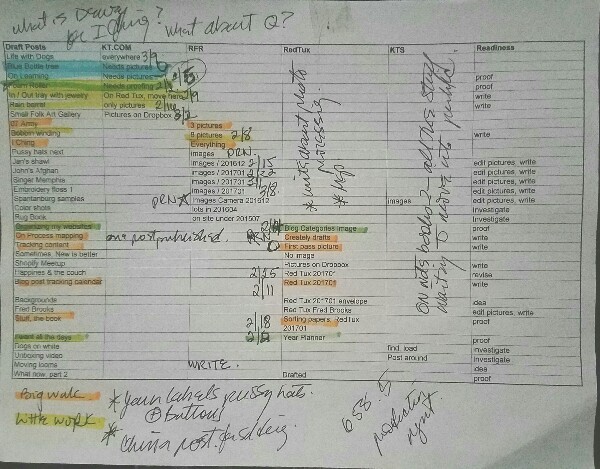
Listing of existing blog post content, either in draft or image form.
I looked around the folders where I keep my images, and I came up with the basic list shown in the picture above. Apparently, I didn’t take a picture of it before I started writing all over it.
Last night, I reviewed the list, and noted which posts are practically ready to go and simply needed to be proofed once, and which posts needed major amounts of work before they would be ready, and then there were some that simply weren’t ready to be evaluated at all.
When I sat down at my desk this morning, my brain had been working on the list overnight. The handwritten notes running vertically indicate huge amounts of new content I want to write. I also realize that some of my idea notebooks are moving into the lineup. I don’t know what’s in some of these notebooks.
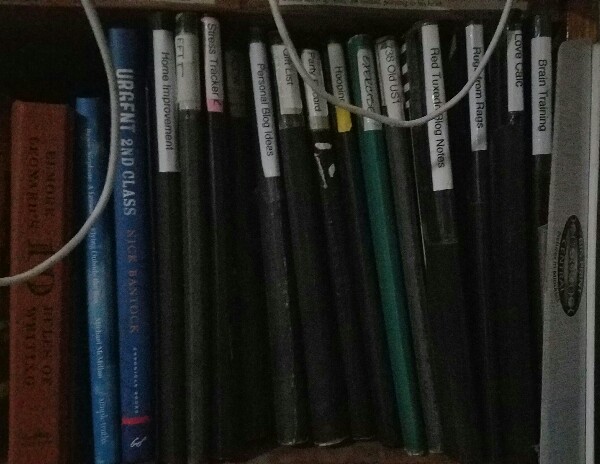
One set of notebooks, some of which have article notes.
This must be what it was like to start one of those enormous wagon trains that crossed the country 200 years ago. The leaders started moving, and it might take days before the movement reached the back of the train. The settlers at the back were no less important to the effort than the ones at the front.
Perhaps some of the content has been aged out. I can let it go.
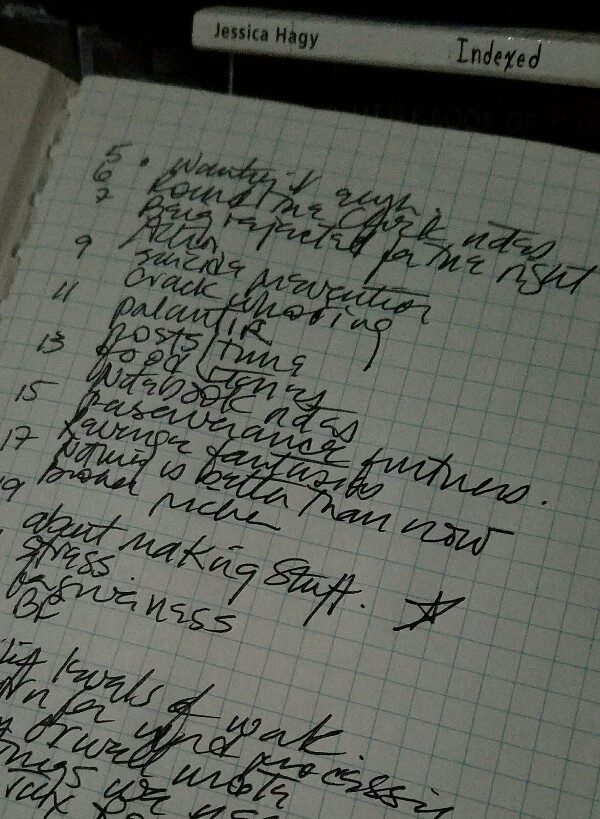
Listing of notes for future blog posts
Some of the notes will be useful. By the time I get what is already in draft, published, I’m sure there will be 3 or 4 more pages of ideas lined up waiting for pictures and content and production.
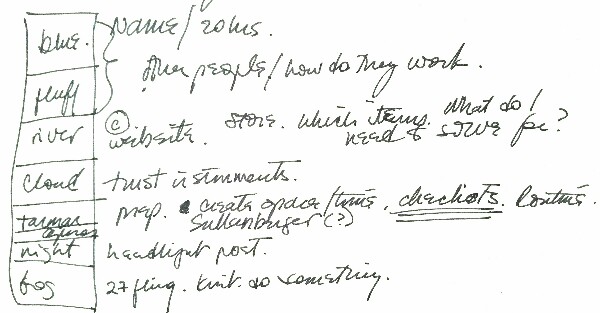
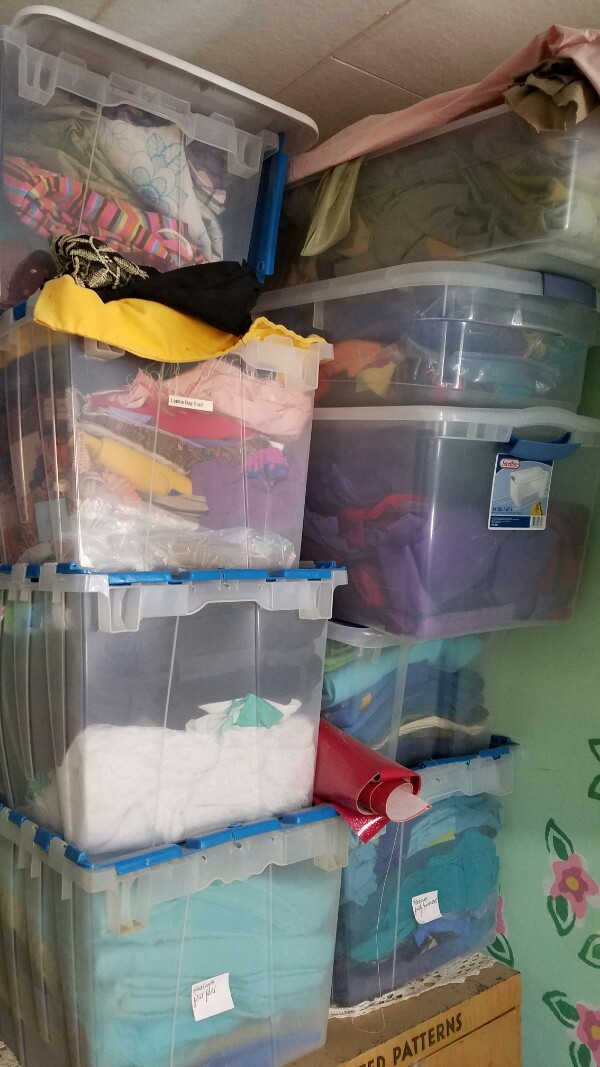







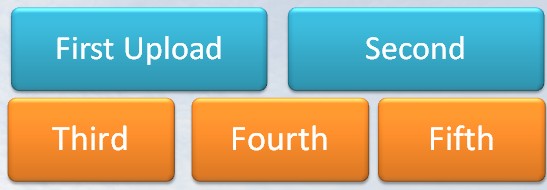





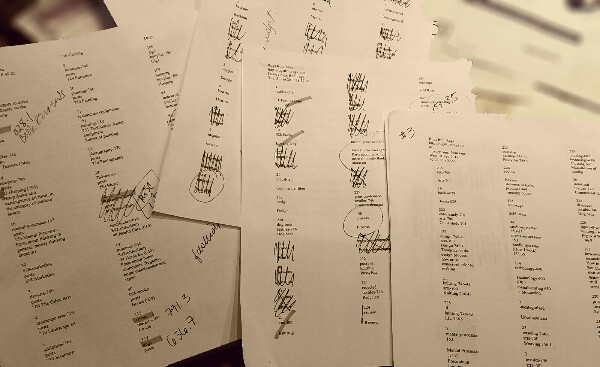
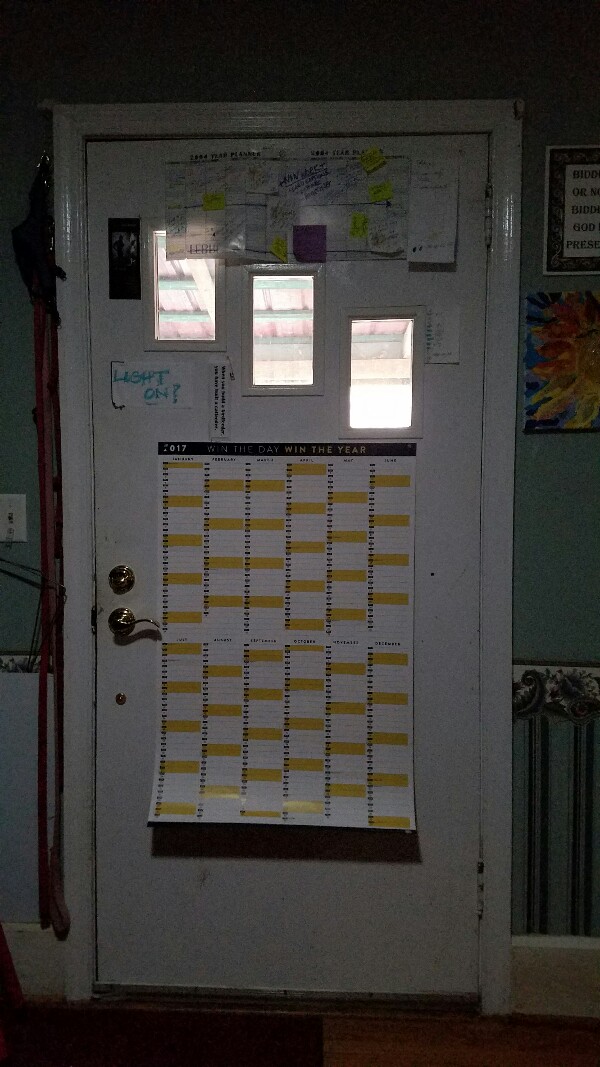
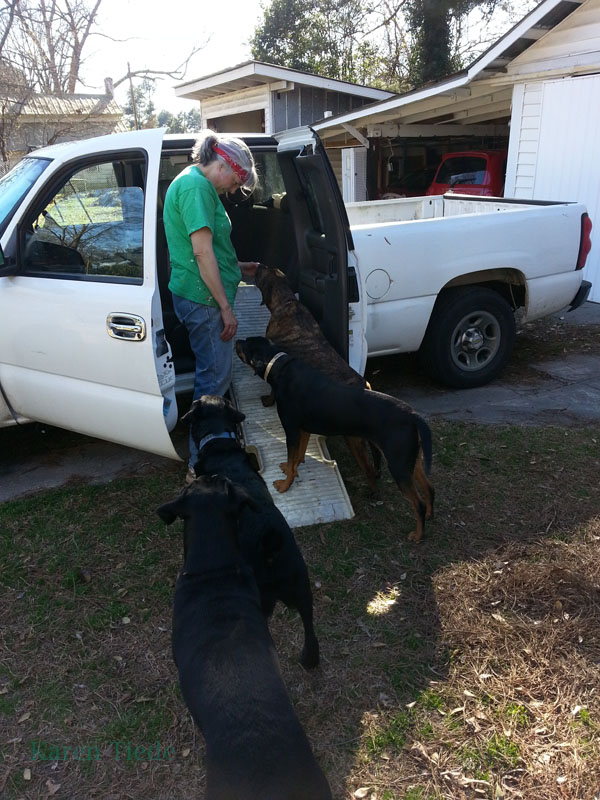
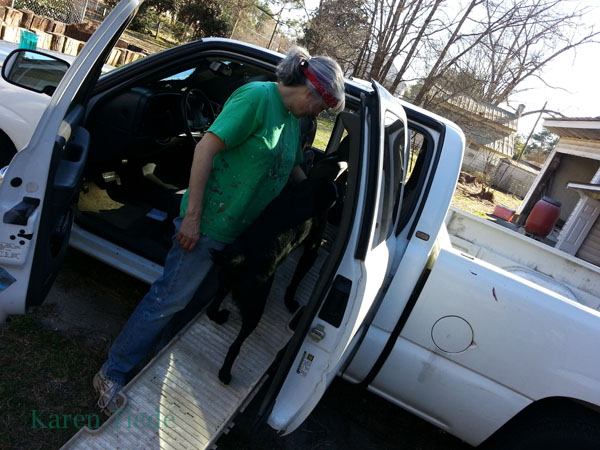
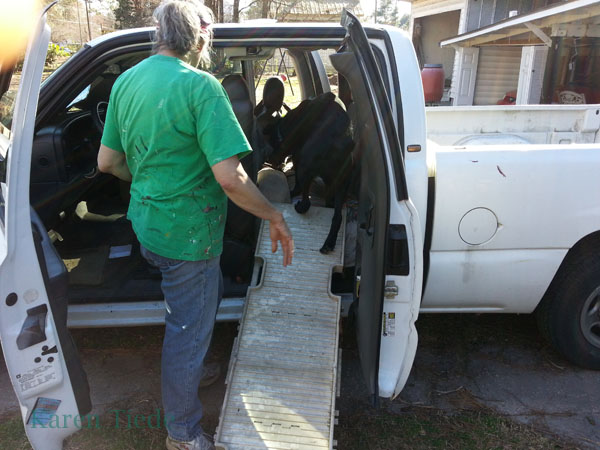

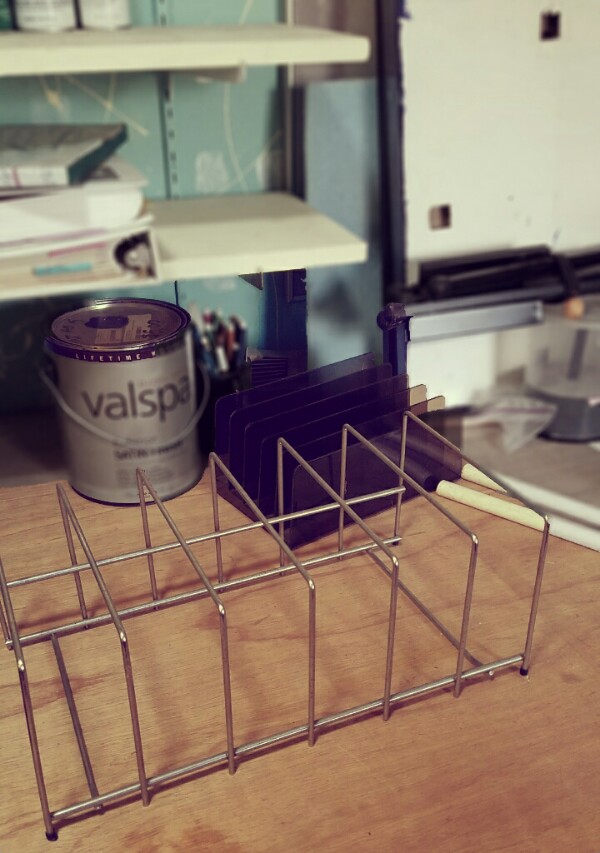
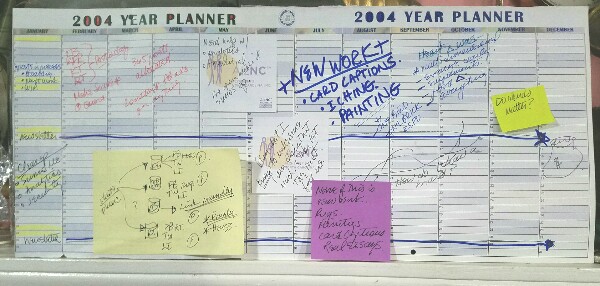
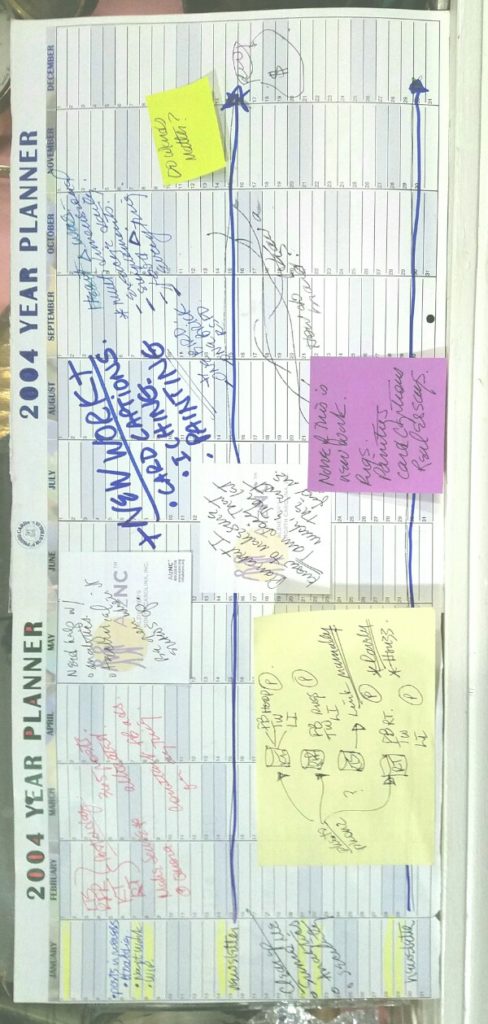



Follow Us!